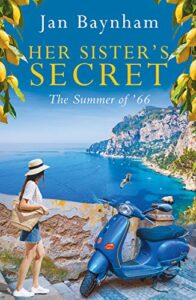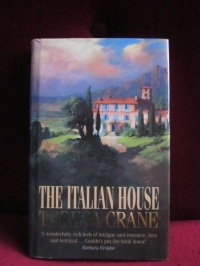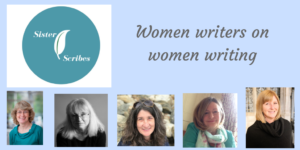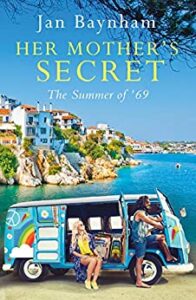Carmel Harrington’s My Pear Shaped Life, reviewed by Kitty Wilson
I thoroughly enjoyed this story of Greta Gale, the highs and lows of trying to learn to value yourself. The author wrote empathetically about addiction, body issues and familial relationships. As a reader I was willing Greta on and particularly loved her travels across The States. We could all do with an Uncle like Ray. The author weaves the story of The Wizard of Oz throughout which is exceptionally deftly done, beautifully illustrating the light and the dark within us all.
 Christina Courtenay’s Echoes of the Runes, reviewed by Kitty Wilson
Christina Courtenay’s Echoes of the Runes, reviewed by Kitty Wilson
I thoroughly enjoyed this novel, both narratives kept my attention and made me want to keep reading. It was fascinating reading the contemporary storyline and the archaeological detail. The romance kept me hooked and the little bit of jeopardy (no spoilers!) had me willing Mia and Haakon on.
However, it was Ceri and Haukr who captured my heart. I loved this storyline and could have read so much more about them. I rarely find a captive and captor romance convincing but Christina Courtenay writes these characters with such empathy it is impossible not to fall a little in love with them and their story. Am greatly looking forward to the next in the series.
Kate Johnson’s Death on the Aisle, reviewed by Evonne Wareham
This is the third book in the Molly Higgins amateur sleuth series from award winning author Kate Johnson, who confidently mixes romance with cosy crime. It can be read as a stand-alone but there are recurring characters and story lines so reading the series in order would be beneficial, and all are enjoyable. The first, Death Comes to Cornwall, was a recent nominee for the Jackie Collins Romantic Thriller of the Year Award. In this third book Kate takes some classic ingredients for romance – hunky hero, capable independent heroine, a Cornish fishing village and a cupcake café and mixes in a celebrity wedding, a film set, a virtual reality show, the wedding planner from hell and a couple of fairly gruesome murders. If you like romance with a hefty dash of crime and sleuthing, it’s an enjoyable read.
 Carol Lovekin’s Ghostbird, reviewed by Jan Baynham
Carol Lovekin’s Ghostbird, reviewed by Jan Baynham
This is a magical tale that kept me spellbound until the end. I was able to marvel at the figurative language and poetic nature of the prose without it detracting from the pace of the story. The characters are very well drawn, displaying deep emotions, and I was particularly fond of Cadi. Secrets unravelled and the reader journeyed with all the characters to a satisfying conclusion. I loved the interaction between Cadi and the ghost. With its beautiful cover, Ghostbird is a book I thoroughly enjoyed, a book I kept returning to in my thoughts long after I’d finished reading it. Highly recommended.
Maisie Thomas’s Secrets of the Railway Girls, reviewed by Jane Cable
I loved the first Railways Girls saga, and the second book in the series did not disappoint. Set in World War Two in Manchester it vividly portrays the lives of women from vastly different backgrounds thrown together to help keep the country’s rail network running.
Although this book focuses on Dot, a working class forty-something grandmother, other stories are woven around hers so cleverly you just have to keep turning the pages. From the horrors of the Christmas blitz to cosy chats in the station tea room, all human nature is here and the writing is so wonderful it draws you in completely. I’m definitely having withdrawal symptoms having finished this one – luckily the next book is due out in April.






















